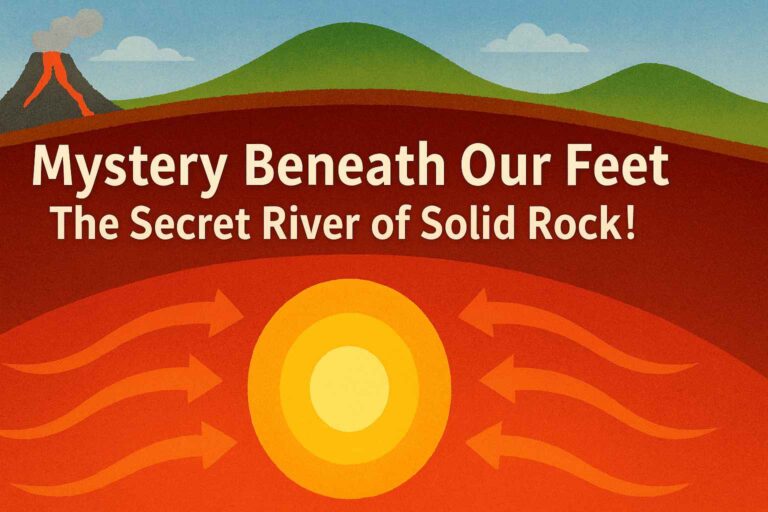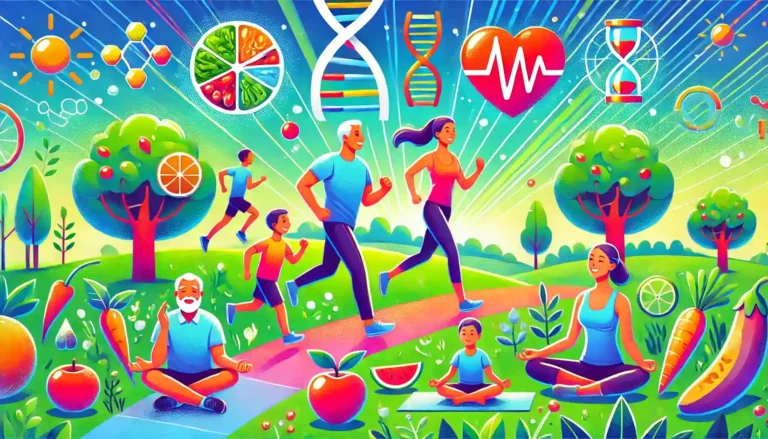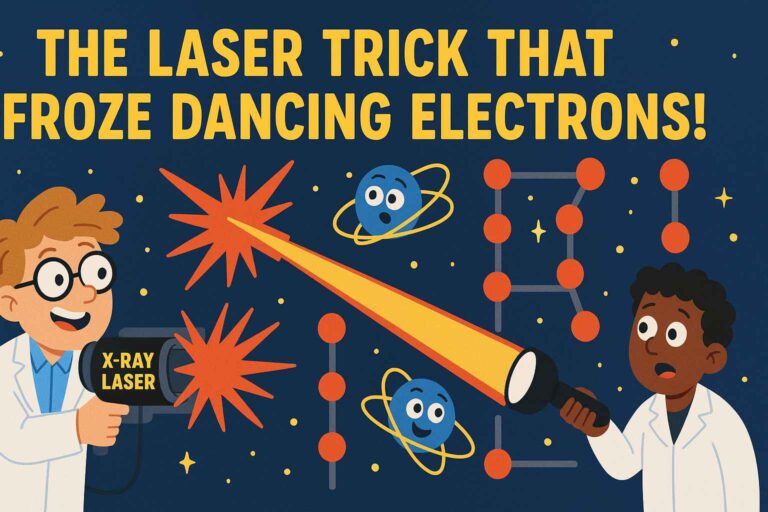
Have you ever walked through a busy mall, a school hallway, or a crowded amusement park? Sometimes, people move in neat, flowing lanes, like cars on a highway. Other times, it’s a chaotic mess, with everyone dodging, weaving, and bumping into each other. But why does this happen? Scientists at MIT (Massachusetts Institute of Technology) have been studying the way people walk in crowds, and they’ve discovered a mathematical way to predict when pedestrian traffic will be orderly and when it will turn into a tangled mess! 🚶♂️🔬🤯
How Do People Move in Crowds? 🚶♂️🚶♀️🚶♂️
Imagine a crosswalk in a busy city. People walk from one side to the other, passing each other in opposite directions. Sometimes, they naturally form neat lanes, walking single-file without bumping into each other. But in other places, like airport terminals or concert venues, people move in all different directions, creating a confusing, jumbled crowd. Scientists wanted to find out exactly why this happens. 🤔🔍🛤️
MIT mathematician Karol Bacik and his team used math, experiments, and simulations to solve this mystery. They discovered that the way a crowd moves depends on something called angular spread—a fancy term for how much people veer off from walking in a straight line. 📏📊💡
How Did Scientists Figure This Out? 🧑🔬🔬
To test their ideas, the researchers used three cool techniques:
- Mathematical Equations ➡️ They created special math formulas to describe pedestrian movement, just like how scientists describe flowing water or air currents. They treated a crowd like a big moving fluid!
- Computer Simulations 💻➡️ They used computers to model how people move in different situations, adjusting angles and numbers of people to see what happens.
- Real-Life Experiments! 🏃♀️🏃♂️➡️ Finally, they tested their predictions by gathering volunteers in a gymnasium. Each person wore a special paper hat with a barcode so that cameras could track their movements. The scientists then studied how lanes formed as people walked across the gym in different patterns.
Their results matched their predictions! The transition from smooth, organized movement to tangled chaos happened at around 13 degrees—just as their math had predicted!
The 13-Degree Rule! 📏🤔
The scientists found that if people mostly walk straight, lanes will form naturally. But if the average person turns more than 13 degrees while walking, the crowd becomes disordered, making movement slower and bumpier. That means the way we walk—just small turns and dodges—can completely change how smoothly a crowd moves! 🚸⚠️👣
Think of it like pouring marbles into a tube. If the marbles all roll straight down, they move quickly and smoothly. But if they start bouncing off the sides at angles, they get jumbled and slow down. People in a crowd act in a similar way! 🔵🌀🏃
Testing the Theory with Real People 🎥👟
To see if their math predictions were true, the researchers set up a real-life experiment in a gymnasium. Volunteers wore special barcode hats so overhead cameras could track their movements. Scientists asked them to walk across a space like a crosswalk, sometimes straight and sometimes at different angles. 🏢📸🧢
The results? The scientists’ math was exactly right! When people walked mostly straight, lanes naturally formed. But when they turned at angles greater than 13 degrees, the lanes disappeared, and movement became slow and chaotic. The more disordered the movement, the longer it took for everyone to get to their destinations. ✅🧮🕵️♂️
Why Is This Important? 🏙️🚦
Understanding how people move in crowds isn’t just interesting—it’s super useful for designing better, safer public spaces! City planners, architects, and event organizers can use this research to create spaces where people move smoothly without too much pushing and shoving. 🏗️🚶♀️🔄
For example:
- Crosswalks: If sidewalks are designed with clear paths, people will naturally walk in lanes, making streets safer.
- Train Stations 🚆🚉 and Airports 🛫✈️: Planners can arrange entrances and exits to keep crowds flowing smoothly.
- Theme Parks 🎢🎠 and Stadiums 🏟️🛍️: Knowing how crowds behave can help organizers prevent traffic jams where people get stuck moving too slowly.
The Future of Crowd Science 🔬🌎
The MIT team isn’t stopping here! They plan to study real-world crowds by analyzing video footage from busy places. Their goal is to create better guidelines for designing safer and more efficient pedestrian spaces. 📹📊🚦
So, next time you’re in a crowd, pay attention! Are people walking straight and forming lanes, or is everyone moving in a confusing jumble? Maybe, just maybe, you’ll notice the 13-degree rule in action! 👀🚶♂️🤹
The world of science is always full of surprises, and sometimes, even something as simple as how we walk can turn out to be a fascinating mystery! 🚀😊🎉
Fun Fact: Did you know that flocks of birds and schools of fish also move in patterns similar to human crowds? Scientists use similar equations to study how animals move together in nature! 🐦🐟✨






